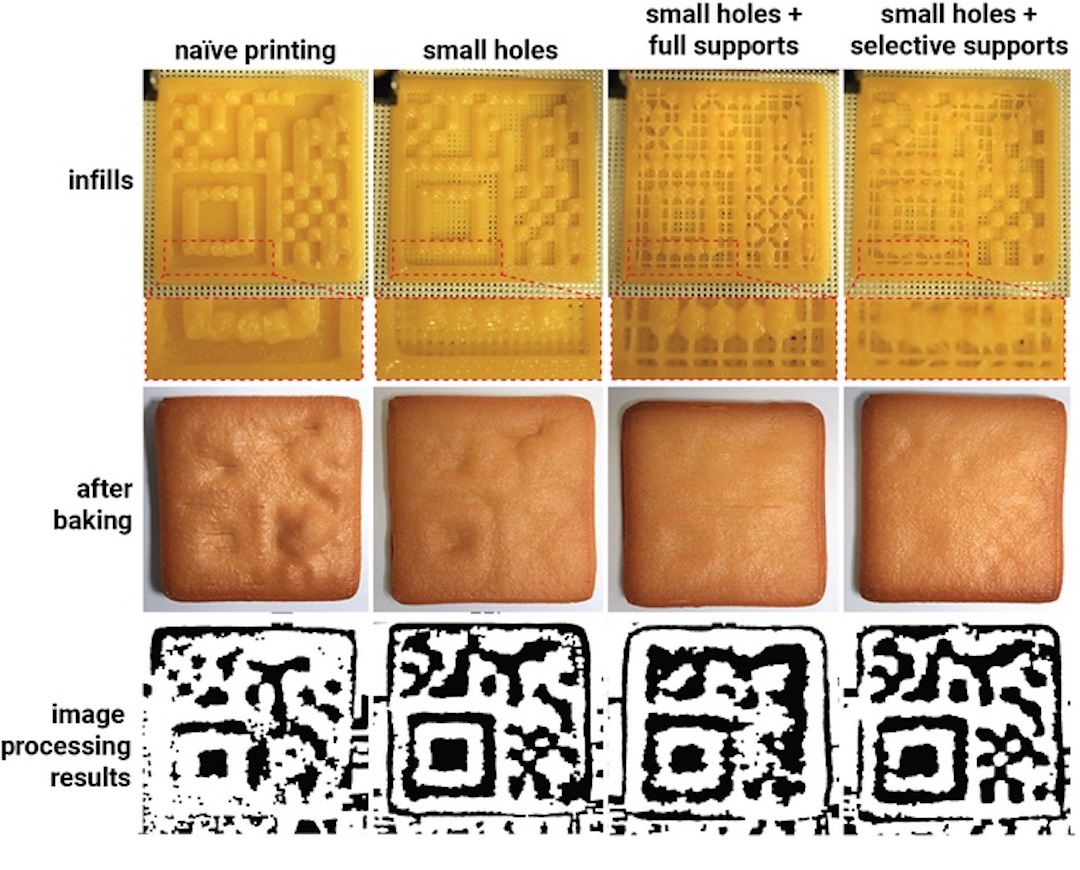Researchers Create Edible QR Codes That Can Be Baked Into Your Favorite Snack
By Alexa Heah, 18 Oct 2022

A team of researchers from Osaka University has come up with ‘interiqr’—a breakthrough 3D-printing technique that allows edible QR codes to be embedded inside food.
Choosing to work with cookies, the scientists developed this “unobtrusive edible tag” to provide information to consumers without changing the snack’s outer appearance or taste.
Food tagging has been around for centuries, most commonly seen in the stickers placed on fruit. Earlier this year, engineers at Purdue University created another dissolvable QR code that helped to identify the authenticity of high-quality spirits.

This time, the scientists wanted to create a non-toxic food tag that not only preserves the product’s original appearance and flavor, but can also be read without destroying the food.
As such, they found that the insides of snacks, such as cookies, could be used as surfaces to print patterns so that a QR code becomes visible under light, and can be scanned using a smartphone.
Furthermore, as all the information is contained within the snack itself, its contents are readily made available to suppliers, retailers, and consumers from when the cookie leaves the factory till it reaches a satisfied stomach.
“Our 3D printing method is a great example of the digital transformation of foods, which we hope will improve food traceability and safety. This technology can also be used to provide novel food experiences through augmented reality,” says Kosuke Sato, senior author of the study.
[via New Atlas and AlphaGalileo, images via various sources]





